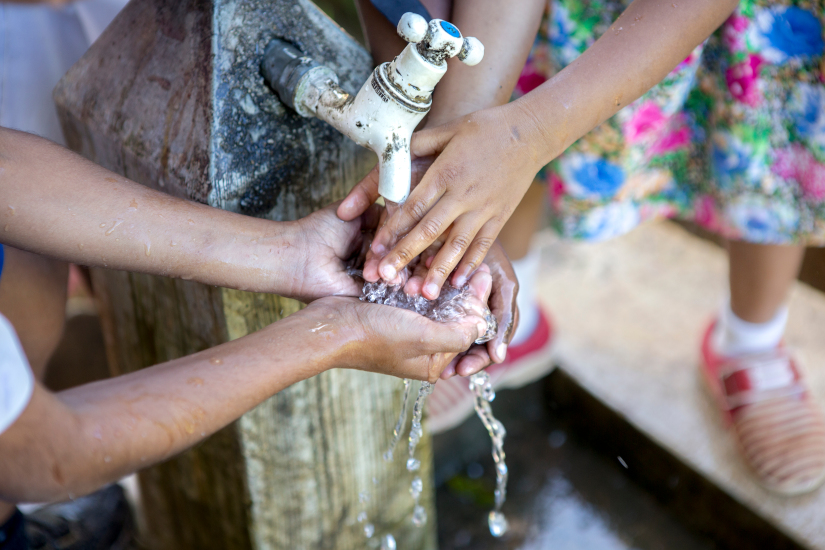Ex-Post Evaluation: Senegal Millennium Water and Sanitation Program (PEPAM/USAID)

From 2009 to 2014, the Millennium Water and Sanitation Program (Programme d’Eau Potable et d’Assainissement du Millénaire au Sénégal, PEPAM/USAID) aimed to improve sustainable access to WASH in four regions of Senegal. The activity applied three different approaches to deliver water services, sanitation services, or both: community-led total sanitation (CLTS) with a water incentive , subsidy for water and sanitation services, and a hybrid of CLTS-subsidy.
The evaluation team looked at the Millennium Water and Sanitation Program in Senegal (PEPAM/USAID – Programme d’Eau Potable et d’Assainissement du Millénaire au Sénégal). Implemented from 2009–2014 by Research Triangle Institute (RTI) and a consortium of partners, PEPAM aimed to improve sustainable access to water, sanitation, and hygiene (WASH) in four regions of Senegal.
About The Ex-Post Evaluation Series

The USAID Water Office is conducting a series of independent ex-post evaluations of the Agency’s water, sanitation, and hygiene (WASH) activities to inform future USAID investments in the sector and to better understand the long-term impact and sustainability of its interventions several years after projects close.
This evaluation series will help USAID understand whether and how its activity results have been sustained. All activities included in the series must have been closed for a minimum of three years and could not be recipients of Office of U.S. Foreign Disaster Assistance or Food for Peace funding. Preference is given to USAID missions that are at a point in their design cycle to incorporate learnings into upcoming WASH programs.
This evaluation series builds upon USAID and Rotary International’s WASH Sustainability Index Tool, a framework to assess a WASH activity’s likelihood to be sustainable according to the following factors: availability of finance for sanitation; local capacity for construction and maintenance of latrines; the influence of social norms; and governance.


